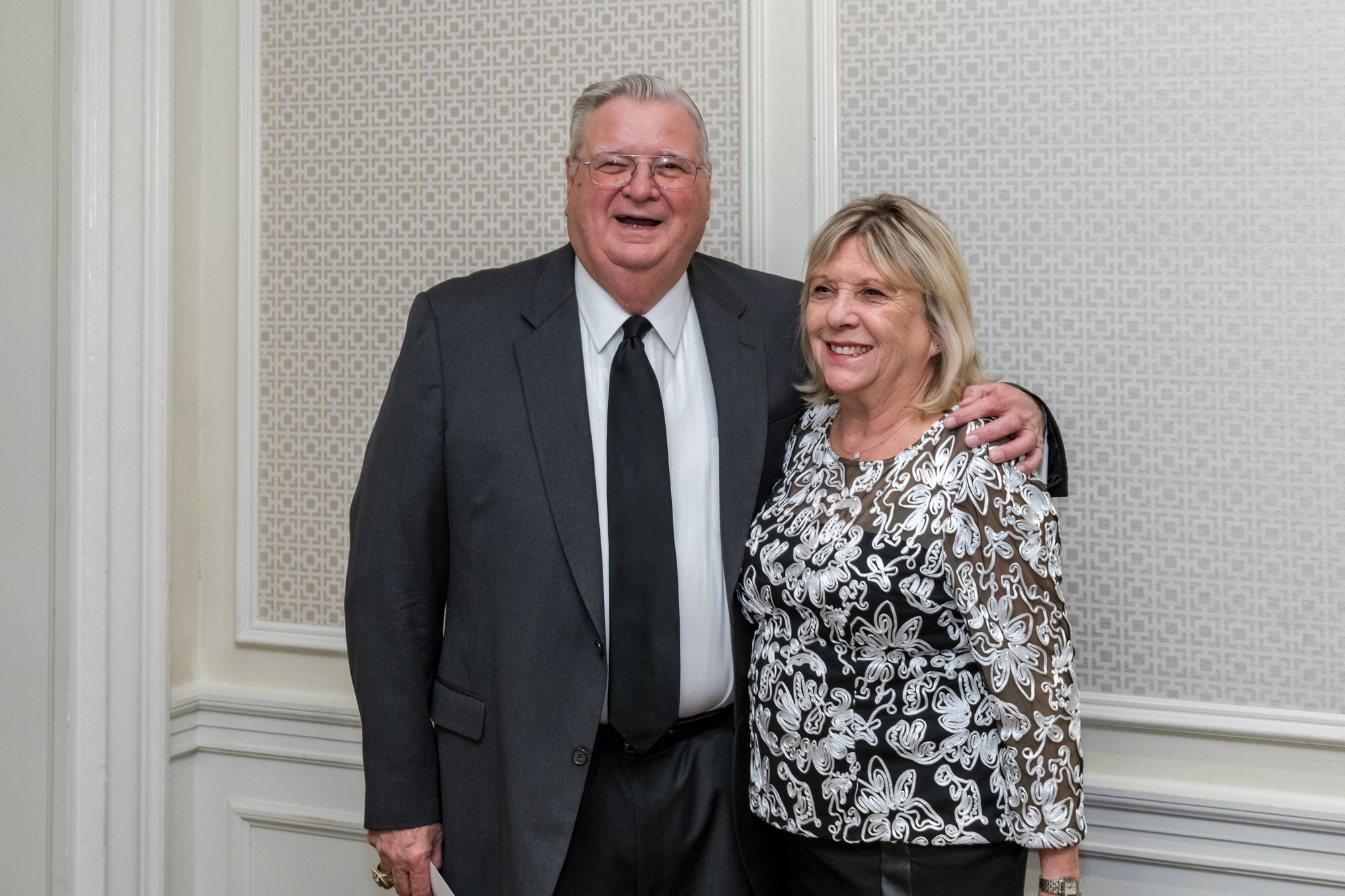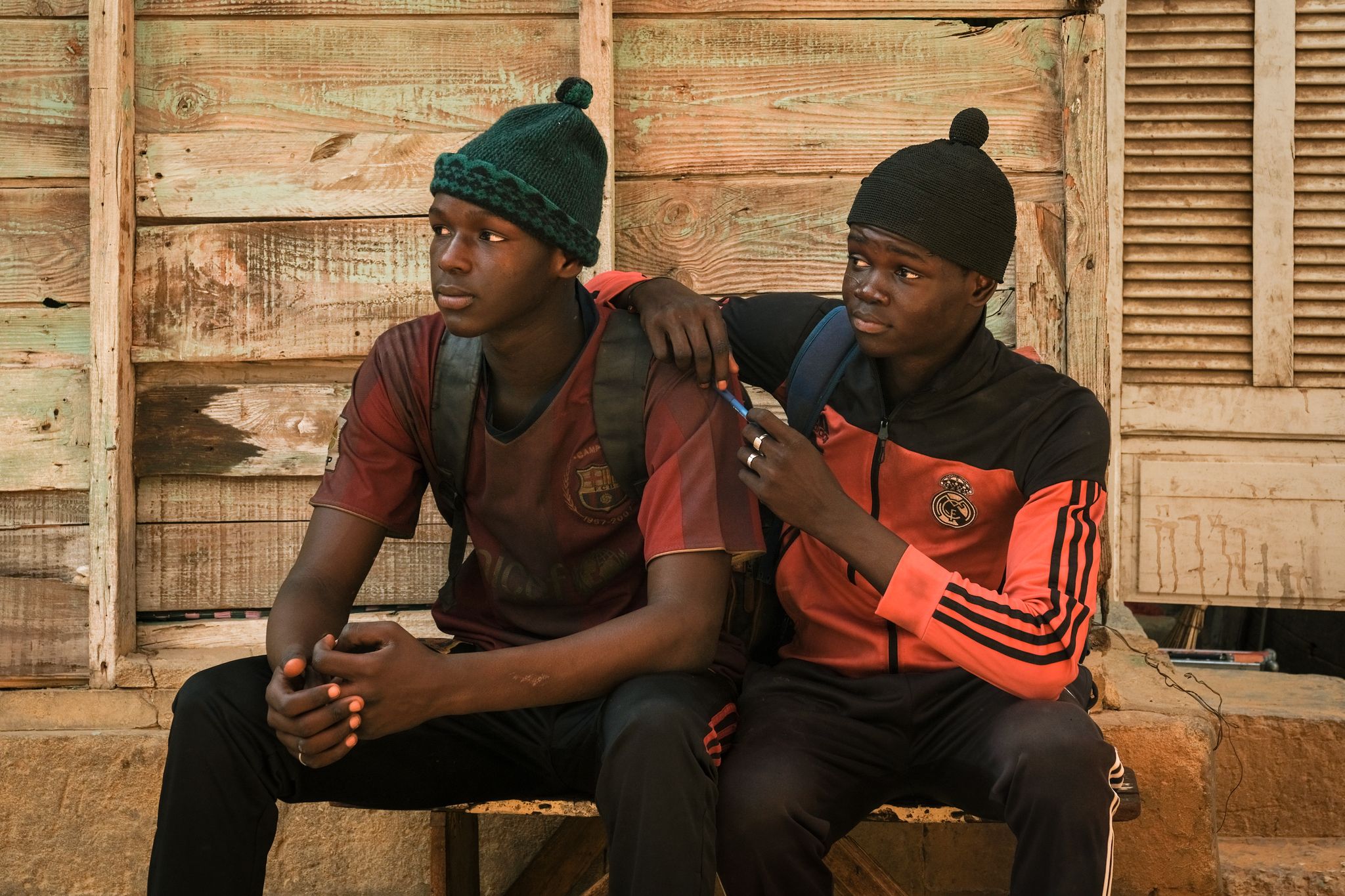The path followed – nowadays – by Italian talents is usually marked by the need of taking skills and ideas abroad in order to make them successful. Very few times, these people get the opportunity to return to Italy and prosperously use their experiences and new, refined abilities. The “brain drain phenomenon” still belongs to many Italians worldwide however, in some cases, these talents take a different path, moving to America and eventually go back to their homeland, for good.
This is what made Silvia Girardi’s career not only special, but also full of hope for other generations to come. While she started her career in theatre in 1998 in Milan, she could explore different roles as performer, educator, director, producer and more recently author. Drawing upon classical and contemporary theatre, performance, visual art and dance, she has been able to lead original works with particular interest on devising processes and the interrelation of different artistic disciplines.
Today, Silvia’s work spans anthropology, ecology, poetry and technology, as she explained to us after a performance at Kintetech Arts in San Francisco in March, where technology and live performance are brought together in her work called HUMANITY > book I. Her collaboration with video artists DCG Company in Como has introduced new areas of interdisciplinary experimentation with 3D and video-mapping interventions that interact with my physical score. In particular Silvia has been exploring multimedia dramaturgy and how different languages such as video, movement, text, music and light are linked together in creating a stage score through composition.
Can you tell about your experience in San Francisco?
I lived in San Francisco between 2000 and 2012 and collaborated with art organizations, theater companies and foundations. From 2006 to 2012, I ventured in a curatorial project promoting contemporary Italian art in Northern America through exhibitions and art gallery exchanges. My time in San Francisco was mostly about experimenting across genres and exploring the relationship with technology applied to live performance.
What impressed you the most of the San Francisco artistic world?
Certainly San Francisco multicultural community was feeding my interest for diversity and taught me how to think out of the box, that meant developing a personal vision and expression by learning about other cultures and artistic disciplines. I was deeply influenced by local dancers, choreographers, digital artists and business people!
When did you decide to move back to Italy?
I decided to move back to Italy in 2012, I’ve already received the American citizenship in 2008, and I relocated in less than 6 months. It was a natural process, as it was time for me to bring back what I have learned, and continue my artistic research in my homeland. Indeed, I was moving back to Italy and to Europe, with all their artistic experience and cultural fullness and that felt exciting. Of course the bond with San Francisco is tight and I regularly visit it to perform, train and look for new inspiration.
Did you find it hard applying your knowledge in a different context, like the Italian one?
Art speaks a global language although we might find differences in aesthetic and traditions around the world. I was ready to start in a new environment and was fully equipped with hands on experience also on the business side of acting and producing. Coming back to Milan, after 12 years abroad, was a pleasant surprise, the city is an international pole, with vast cultural offer across all art forms. It was easy to jump in and get to know the artistic community, maybe not so easy to allocate my work into a specific genre, so at first I found it challenging to present my interdisciplinary performances within a more traditional theatre program… but why play only one style of music, if you can play them all?
Which differences do you find in the two contexts?
I find the Italian context a bit more static, but richer in its cultural offer. You have more time and support in producing new work, sometimes less room for “messing around” with experimentation, which instead I find vivid in San Francisco, where you have plenty of opportunities to focus on the process, rather than the final “product”, with the high risk however to get stuck in never-ending-work-in-progress mode and therefore never finalize a piece or a style.
Would you suggest artists to follow your path?
Everyone has a unique path, no matter where in the world. For me a solid foundation in drama school in Italy, meeting extraordinary teachers, collaborating with international artists and travel, this all together contributed to expand my vision.
How is to grow professionally in the US and return to Italy to work?
As an artist, whatever the expression is, one must work steadily. Artists have a hard time all over the world, they’ve always had, now probably even more… However we live in an era in which art is more available and ideas travel faster, so creativity is fostered through inclusive consciousness, while keeping ground in one’s own cultural roots. Suffice to say that the artist needs something meaningful to say, an audience to communicate with, infinite inner strength.






























